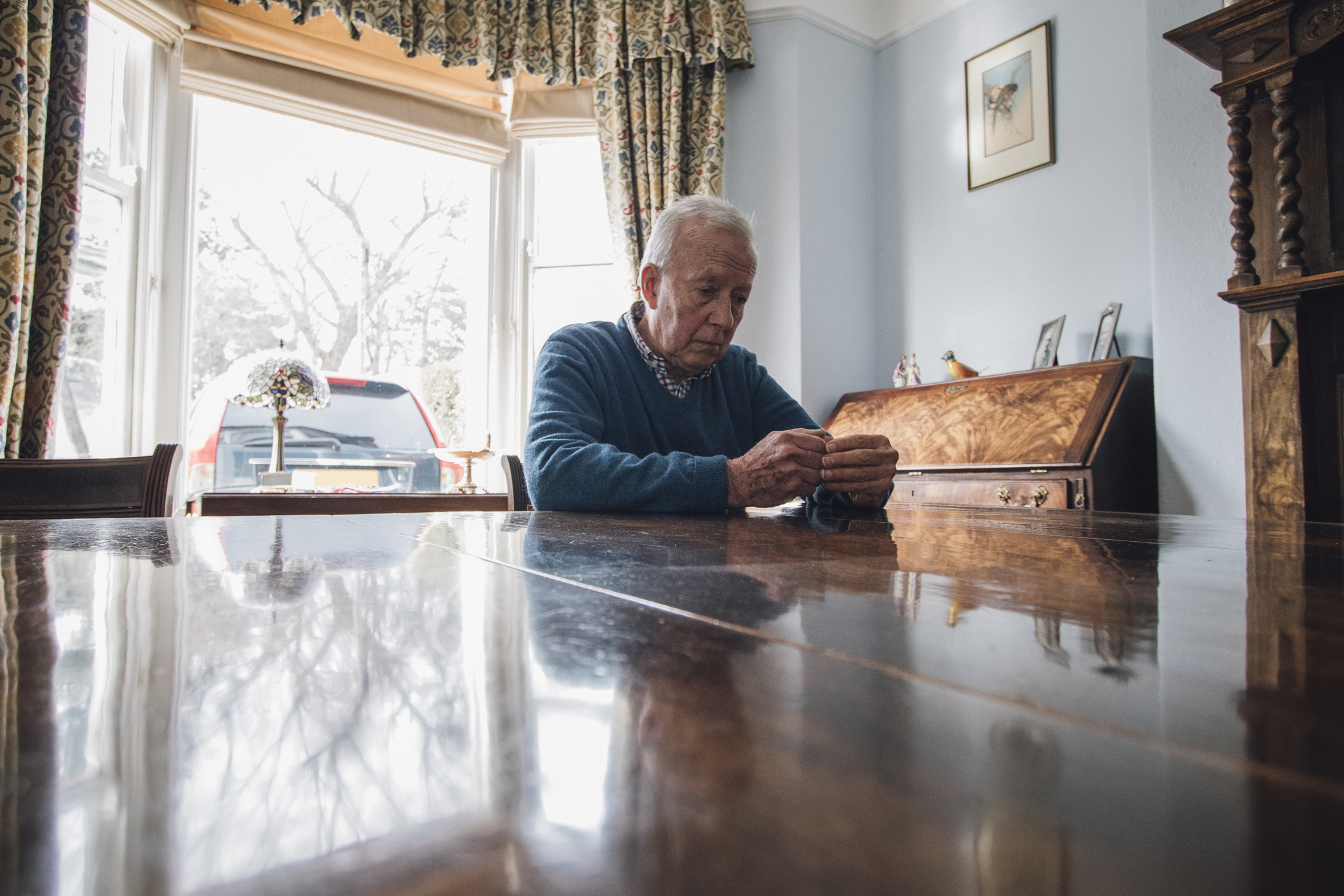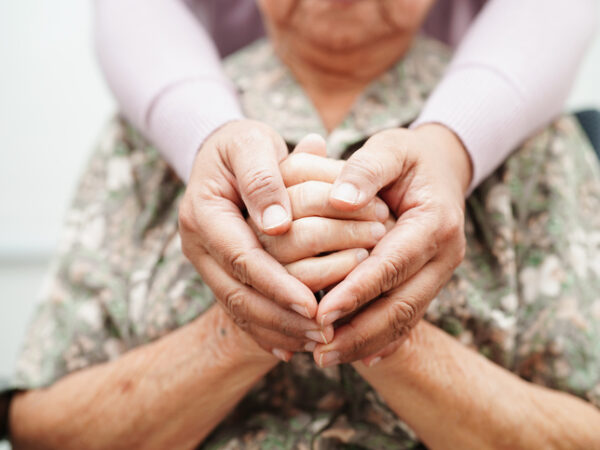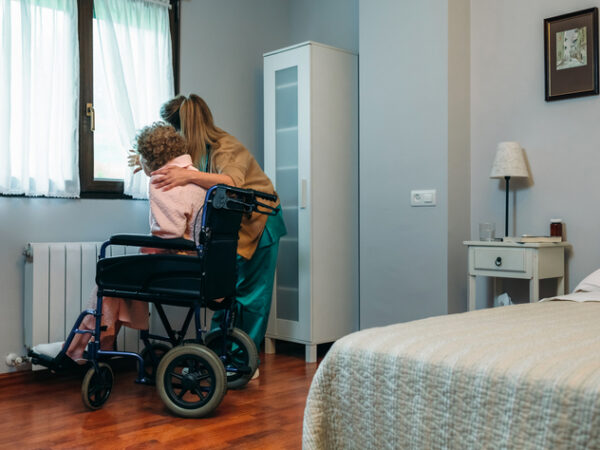It’s not a subject that is often discussed concerning older adults with depression, but loneliness, grief and social isolation can leave the elderly more vulnerable to attempted suicide. And because they are frailer, seniors are more likely than younger adults to die after trying to end their life. Understanding the warning signs and creating opportunities for social interaction are important ways friends and families of elderly adults can help address the growing problem of suicide among America’s elderly population.
According to a recent National Public Radio report, people 85 years and older have one of the highest suicides rates of any age group, falling just slightly under adults between the ages of 45 and 54. Men who are over 65 face the highest risk for suicide. And as the proportion of older adults continues to swell with the aging baby boomer generation, this trend is expected to continue unless something is done to reduce isolation and treat mental illness among seniors.
Older adults often stubbornly choose to age-in-place in the home where they may have lived for many years. And even after the death of a spouse or close friends, they may continue living alone where social isolation can take its toll. Loneliness combined with chronic illnesses like diabetes, arthritis or high blood pressure can make daily tasks difficult and depression may take hold. For seniors who no longer drive, taking part in regular social and physical activities can become a challenge and seniors living in areas without accessible and reliable transportation may not be able to visit friends or even their doctor.
Warning signs that an elderly adult may be considering self-harm can include stockpiling medication, suddenly making changes to their will, drinking alcohol more or using drugs increases, changes in sleep habits, withdrawing socially or talking about not wanting to be a burden. Seniors may also express feelings of hopelessness or make statements that may convey a final goodbye to their loved ones. By providing regular social interaction and physical activity, combined with mental health services and regular check-ups with a primary care doctor, elderly adults can improve their emotional well-being.
Depression is not a normal part of aging, but living into very old age means having to grieve the loss of friends, family and often a spouse. Changes in health and independence can also lead to mental health illness. Find out more about how you can help a friend or family member feeling despair in old age by following this link to the American Foundation for Suicide Prevention.






Add Your Voice
0 Comments
Join the Discussion